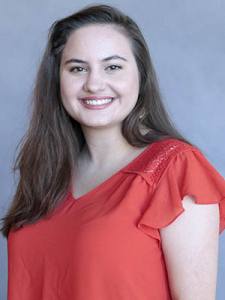The district is instead opting for an asynchronous model, or one that allows students to complete work throughout the day and still be marked as present in the classroom, so long as their assignments are done by 11:59 p.m. that day. This helps parents who may have multiple children in remote learning, or who may work during the day and are unable to help their students during the school day.
“That is an option to allow a little bit more fluidity to families in their planning,” Watson said.
While the district will still have synchronous learning, this plan allows for flexibility for students that do not have access to devices, Assistant Superintendent for Support Services Larry Berger said.
“Another thing that exponentially increases the need for technology is the synchronous learning,” Berger said. “You may have a device at home, but you may have three kids... when we do synchronous learning, everyone needs a device at the same time.”
The district was originally planning on having all devices ready for students by Sept. 24, in time for those who opted for in-classroom learning to begin going to campus five days a week. However, the district does not have an exact arrival date for devices, as of press time.
The school year will begin on an Aug. 31 and will slowly integrate in-person students back into the classroom for the first several weeks of the school year. Of the students who have registered, the district has seen a 50/50 split of students choosing either remote or in-person learning, Superintendent John Kelly said. Kelly said Aug. 24 is the latest he would choose to push back the Aug. 31 start date, if that was a call he had to make.
The district received masks for students and teachers, reusable masks and hand sanitizer, Berger said. The district has issued roughly 36,000 student masks, 100,000 adults masks, 20,000 reusable masks and 2,000 gallons of hand sanitizer to campuses, Berger said.





